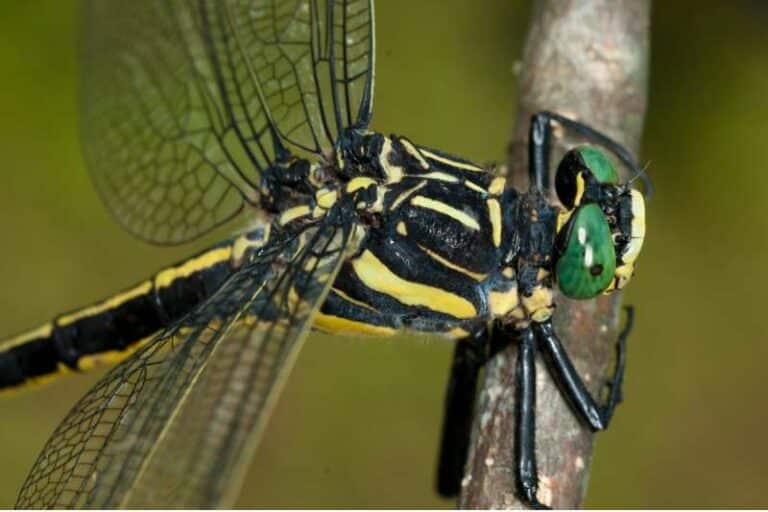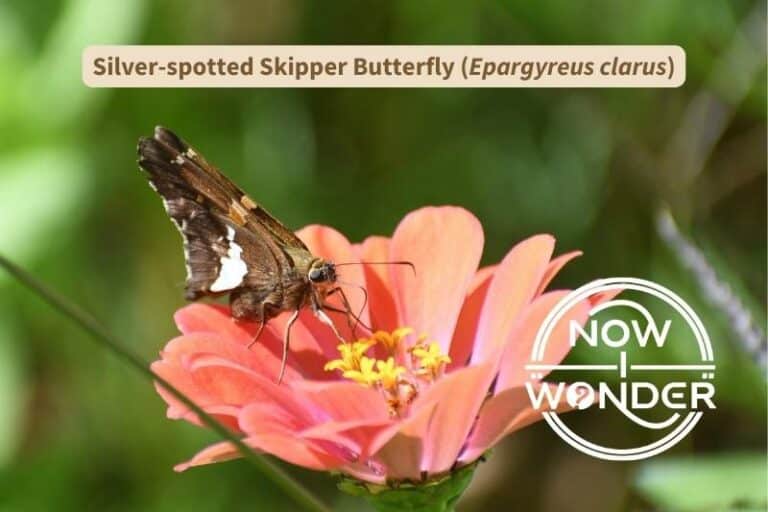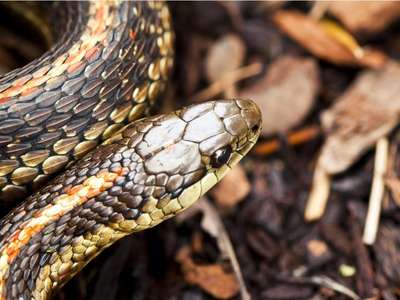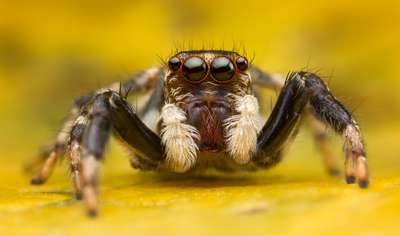Most people are familiar with dragonflies. Fewer people are aware of dragonflies’ close relatives, damselflies. Dragonflies and damselflies are closely related. They share many of the same characteristics, but they are also very different from each other.
Damselflies are smaller, slimmer, and slower insects than dragonflies. Unlike dragonflies, their four wings are the same shape and usually unmarked. Most adults perch with wings closed. Their eyes are widely separated. Their abdomens are much longer and thinner than those of dragonflies..
Both damselflies and dragonflies are insects classified in order Odonata. “Odonata” means “toothed ones” and refers to their strong, biting mouthparts. Modern damselflies and dragonflies are descendants of an ancient line of insects. Odonates have been flying around for more than 300 million years.
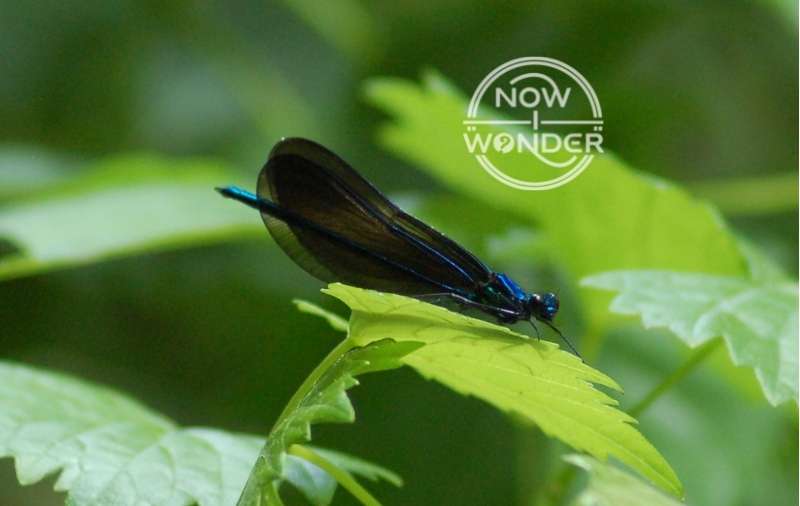
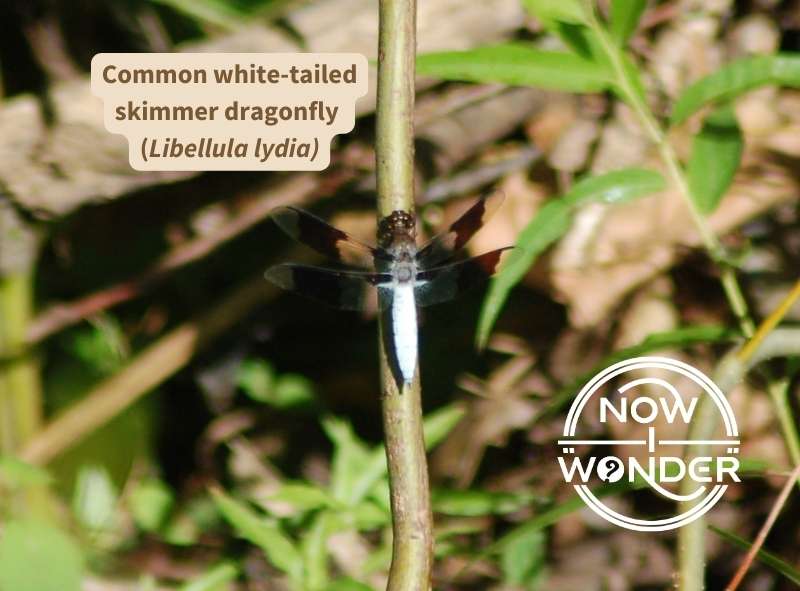
Are damselflies and dragonflies the same species?
Damselflies and dragonflies are related to each other but every species is different. Each species of damselfly is distinct from every other damselfly species. And all species of damselflies are different from every species of dragonfly.
Similarities between dragonflies and damselflies
Damselflies and dragonflies are similar in many ways, including:
- Predators during all life stages
- Larvae are aquatic.
- Nymphs hunt by shooting their elongated lips forward like harpoons to catch prey.
- Adults have four, strong, membranous wings.
- Adults have two large eyes and excellent movement and ultraviolet (UV) vision.
- Fast, agile flight.
- Catch flying insects on the wing.
- Spiky legs to trap prey.
- Strong, biting mouthparts.
- Short antennae.
- Elongated abdomens
- Bright body colors and bold patterns
But, despite their similarities, damselflies and dragonflies are very different creatures.
While the differences can be subtle, they are important. Understanding the differences between damselflies and dragonflies can help you enjoy them. Read on for details of how these insects differ.
How to easily tell a damselfly from a dragonfly
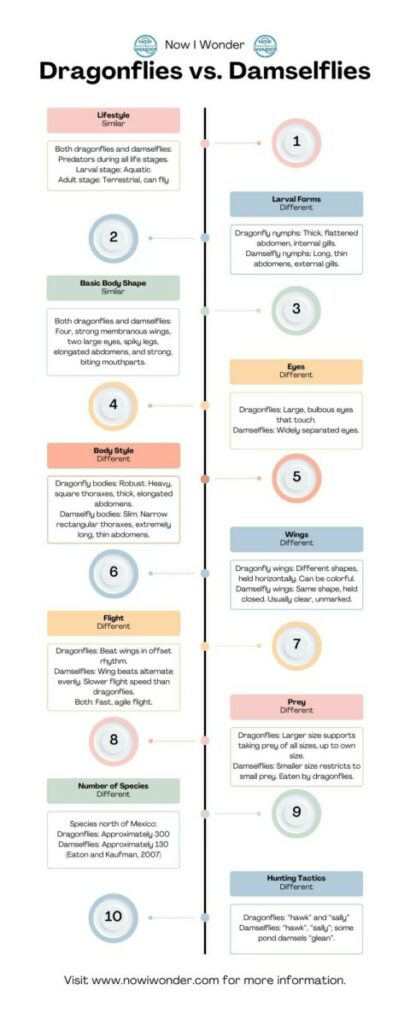
Damselflies look more delicate
Both damselflies and dragonflies have long, thin bodies. Damselflies are much thinner, slimmer, and more lightly built than dragonflies. Damselflies almost needle-like, compared to dragonflies.
Dragonflies and damselflies also have different body proportions. All insects have three body segments – head, thorax and abdomen. The thorax is the middle section. It bears the wings and legs and houses the powerful flight muscles that beat the wings. The abdomen is the “tail” and contains most of the digestive and reproductive organs.
A damselfly’s body is almost all abdomen. The abdomen is by far the longest body segment, and is usually very thin. Except for their bright colors, damselflies almost look like tiny twigs.
In contrast, a dragonfly’s abdomen is shorter and bulkier, although still long. A dragonfly’s body length is more evenly divided between its thorax and its abdomen. Clubtail dragonflies have the longest, thinnest abdomens of any type of dragonfly. But even their abdomens look short compared to those of damselflies.
However, a longer abdomen does not mean that a damselfly will be longer than a dragonfly in total. Here is a comparison of the average lengths of these two types of insects:
| Suborder Anisoptera (the dragonflies) | Suborder Zygoptera (the damselflies) | |
| Size | 0.7 – 4.7 inches (18 – 120 mm) | 1 – 2.4 inches (25 – 62 mm) |
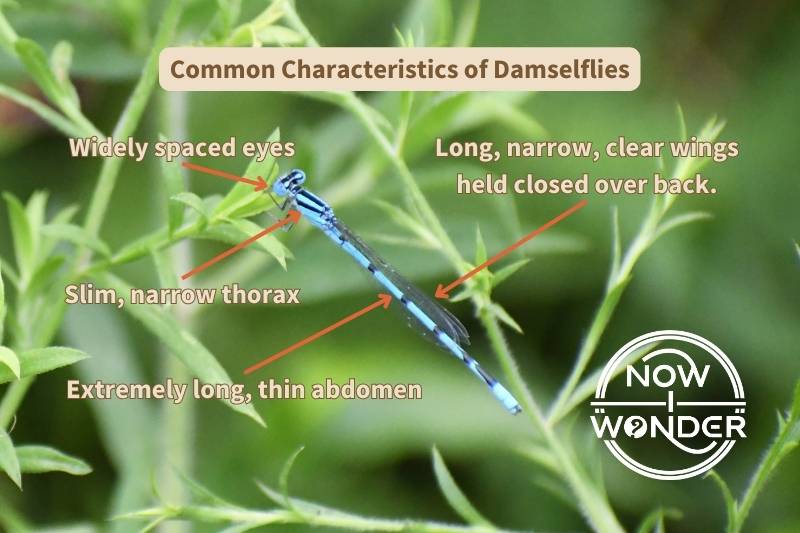
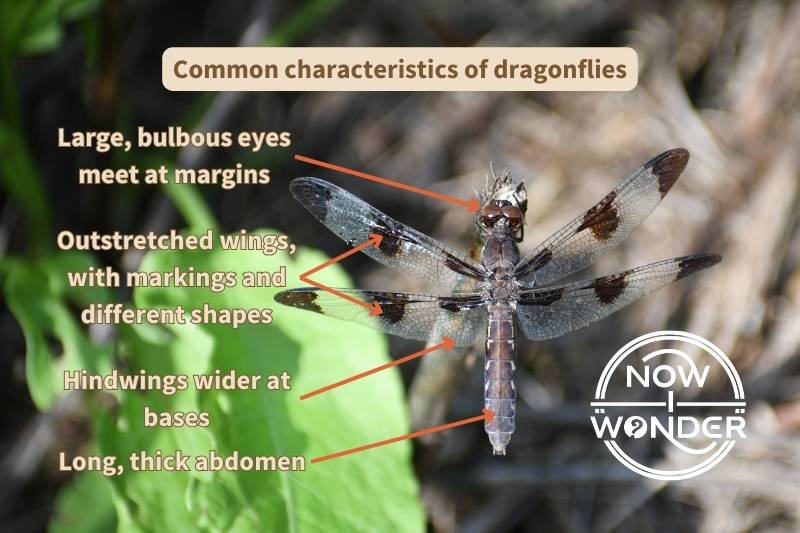
Why are damselflies called “damselflies”?
Damselflies are lightly built compared to their cousins, the dragonflies. Their bodies are thinner overall, and their abdomens much longer. Because they appear so delicate, people used to think they were female dragonflies. The word “damsel” refers to a woman in American English.
While this is a natural assumption, it is incorrect. Body shape helps identify whether an insect is a damselfly or a dragonfly but not its sex. Damselflies look like damselflies, and dragonflies look like dragonflies, no matter their sex.
Damselflies hunt differently
Adult dragonflies hunt flying insects by either “hawking” or “sallying”. Hawking is when dragonflies fly around actively searching for prey. Sallying is when dragonflies perch and watch for prey. Once spotted, dragonflies who hunt by sallying take off and fly to intercept. Both tactics end in dragonflies snatching flying insects out of the air.
Adult damselflies also hunt by hawking and sallying. But some species also use a tactic called “gleaning”. Gleaning is a technique used by some pond damselflies in family Coenagrionidae (Paulson, 2011). Gleaners search for stationary insects by flying slowly through vegetation. When they spot prey, they pluck them up. If the prey takes flight, these damselflies will give chase and catch them in the air.
Damselflies hold their wings differently at rest
Both damselflies and dragonflies have four wings. But they hold them differently when perched.
Most damselflies close their wings together over their backs at rest. This has the advantage of making them smaller and harder to see by predators. In contrast, dragonflies keep their wings spread horizontally when perched.
Wing position can be a good clue about whether an insect is a damselfly or a dragonfly. But it isn’t foolproof. Damselflies in the family Lestidae are known as “spreadwing damsels”. Species in this family hold their wings partly spread out instead of tightly closed. But even these spreadwing damsels look slimmer overall than any dragonfly.
Damselfly wings are the same shape
Damselflies are classified in sub-order Zygoptera, which means “same wing”. A damselfly’s four wings are all the same general shape.
Dragonflies are classified in sub-order Anisoptera, which means “unlike or different wings”. A dragonfly’s forewings are a different shape than the hindwings. The forewing pair is slightly skinnier and more narrow than the hindwing pair. The hindwing pair is wide at the base and tapered towards the tip.
Dragonflies can generate more power and lift for flight than damselflies can, thanks to the shapes of their wings.
Damselflies beat their wings evenly
Both damselflies and dragonflies are strong, agile fliers. They both have strong flight muscles housed in their thoraxes. Their muscles beat their wings about 35 times per second.
Damselflies and dragonflies beat their wings in an “antiphase” pattern. This means that the two pairs of wings beat separately from each other (Imes 1992). One pair strokes down, while the other pair strokes up.
Damselflies time the beats of their two pairs of wings evenly. Their two pairs of wings finish their strokes at the same time. Dragonflies time their wing beats with an offset of about 25%. One pair starts a new stroke when the other pair is about 75% through its stroke (Thorp and Rogers 2014).
Damselflies fly slower
Both damselflies and dragonflies are strong, agile, fast fliers. They can turn on a dime, fly backwards and stop short to hover in mid-air. But damselflies fly slower than dragonflies.
Some dragonflies can zoom around at speeds up to 35 miles per hour (56 km/hr). Overall, damselflies just aren’t as fast as dragonflies. They can’t generate the sheer power that dragonflies can. Damselflies are still very fast fliers but would lose a flat out race with any of the dragonflies.
Damselflies get eaten by dragonflies
Damselflies are prey for their larger, more powerful dragonfly cousins. Large dragonfly species like Dragonhunters and Pondhawks are notorious for attacking damselflies. But the reverse doesn’t happen. Damselflies are too small and delicate to attack dragonflies. Instead, most damselflies feed on tiny, flying insects like midges, no-see-ums, and mosquitoes.
Damselflies have separated eyes
Damselflies and dragonflies both have large eyes that take up a lot of their heads. But the size and spacing differs between the two types of odonates.
Damselfly eyes are smaller in proportion to their heads than those of dragonflies. They are also spaced out and don’t touch. Dragonfly eyes are gigantic and take up most of their heads. They are so large that they meet in the middle of the dragonflies’ heads in most species. Exceptions are petaltail and clubtail dragonflies. Their eyes don’t touch. But they are still closer to each other than damselfly eyes.
The eyes of some damselflies are multi-colored. Dragonfly eyes are usually all one color.
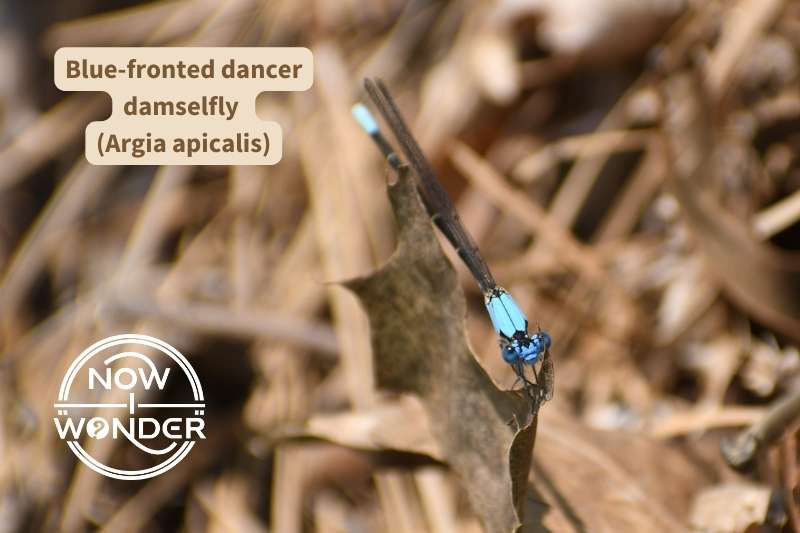
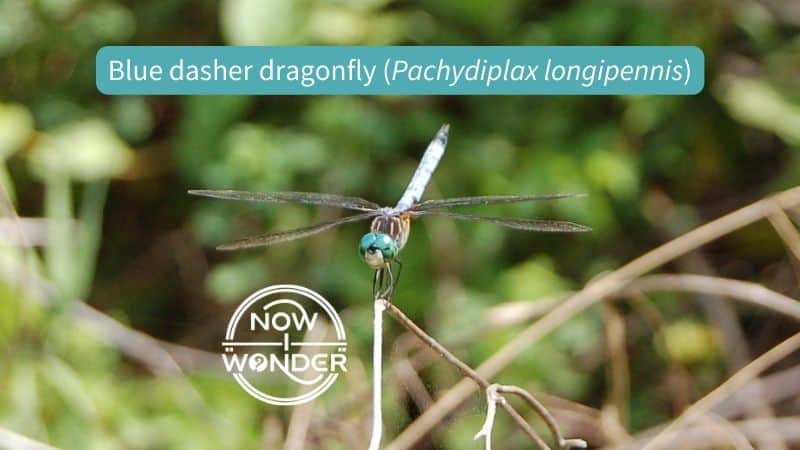
Damselflies eat smaller prey
Damselflies are small but mighty predators. Like their dragonfly cousins, they hunt flying insects while flying. But because they are small, they can only attack small prey.
Dragonflies are big, strong and fast. They can target much larger insects. They can hunt flying insects up to their own size. Large dragonflies can feed on butterflies, their damselfly cousins, and even other dragonflies.
These differences in prey size is reflected in the common names for these insects. The reference to “damsel” in the damselflies’ common name implies that they are small and delicate. While the reference to “dragon” in the dragonflies’ common name implies their more formidable abilities (Arnett and Jacques Jr., 1981).
But make no mistake, both are formidable predators to their prey.
There are fewer damselfly species
There are fewer dragonfly and damselfly species than any other order of insects. And there are fewer damselfly species than dragonfly species.
Here is a comparison of the different numbers of species within each of the Suborders:
| Number of species (approximate) | Suborder Anisoptera (the dragonflies) | Suborder Zygoptera (the damselflies) |
| North America | 318 | 132 |
| Worldwide | 2890 | 2705 |
Baby damselflies look different than baby dragonflies
Baby damselflies and dragonflies are called “larvae”, “nymphs”, or sometimes “naiads”. Like the adults, damselfly and dragonfly larvae are the same in some ways, but differ in others.
Both damselfly and dragonfly larvae are fully aquatic. They live underwater in freshwater streams, rivers, ponds, and lakes. Different species live in different environments. Some are able to live in almost any freshwater, while others are more particular.
For example, one species may only live in a pond with a muddy bottom. Another species may need a fast-flowing stream with a rocky bottom.
Other similarities include:
- Range in size from 0.25 inches (0.64 cm) to 2.5 inches (6.35 cm) (Isaac Walton League of America, 2006).
- One pair of large eyes.
- Three pairs of long, segmented legs on the thorax (middle body segment).
- Each leg ends in two claws.
- Bottom of head is covered by a large, hinged lower lip that can shoot forward like a harpoon.
- Both damselfly and dragonfly nymphs breathe underwater. They draw water through gills and extract oxygen.
But beyond these similarities, damselfly larvae are easily distinguished from dragonfly larvae.
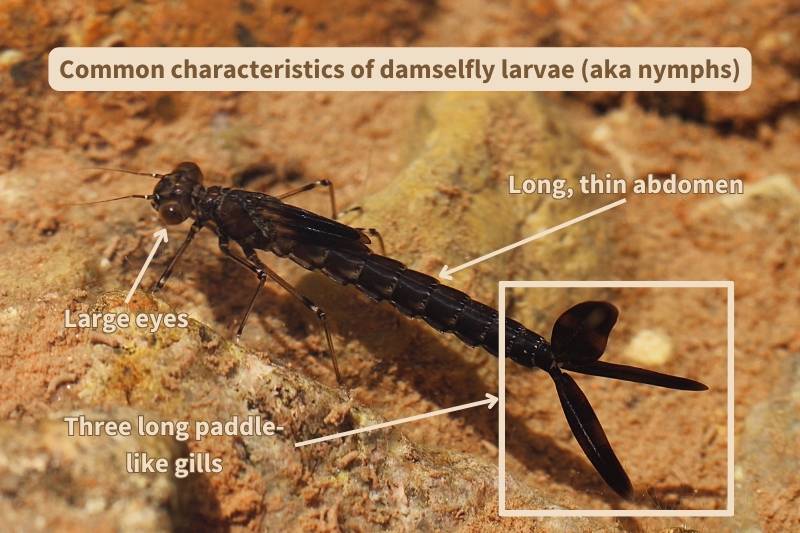
First, their abdomens look different. Damselfly nymphs have long, narrow bodies and spindly legs. Their abdomens are thinner than those of dragonfly nymphs. Dragonfly nymphs have thick, stout abdomens. Their abdomens can be rounded, oval, or sometimes flattened in profile.
Second, their gills are located on different parts of their bodies. The abdomens of damselfly larvae end in three long, wide tails that look like paddles. These are the damselfly nymphs’ gills. Water flows over the tails, and the gills extract oxygen.
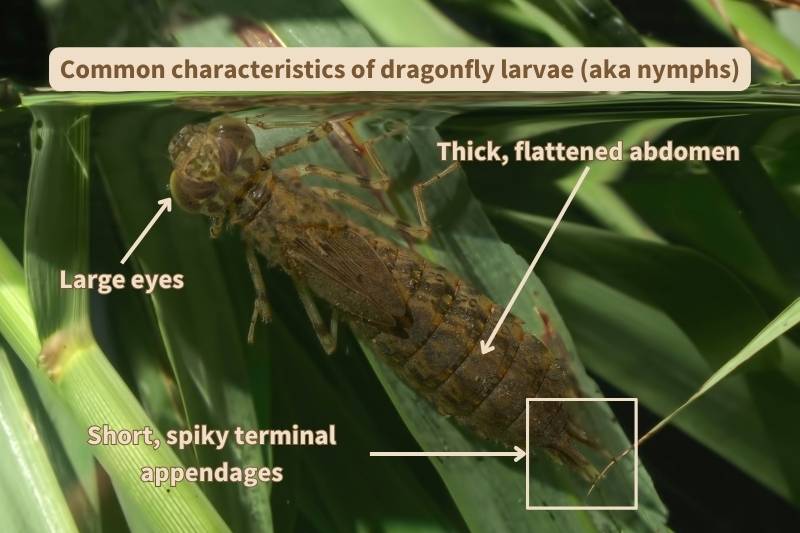
Dragonfly larvae lack these long, paddle-shaped tails. Their abdomens often end in five, sharp wedge-shaped projections. But these points are not their gills. The gills of dragonfly nymphs are located inside their abdomens.
Dragonfly nymphs suck water in through their rectums. Oxygen leaves the water and crosses the gill surfaces into the rest of the dragonfly’s body. Then the dragonfly expels the water back out their rectum and the process repeats.
This rhythmic pull-push of water makes dragonfly larvae jet-propelled. Dragonfly larvae can expel water from their abdomens under great pressure. They shoot forward through the water several inches. This is a useful strategy when hunting or threatened by predators themselves.
Conclusion
In nature, the only measuring stick is how well a species survives and reproduces. Both damselflies and dragonflies evolved to survive the demands of their respective niches. They are fast, agile, and extremely effective predators. While they are closely related, they are different creatures. At the end of the day, both damselflies and dragonflies stand on their own merits.
Related Now I Wonder Posts
For more about dragonflies, check out these other Now I Wonder posts:
For information about insects in general, check out these other Now I Wonder posts:
- Do insects ever eat spiders? Part 1: Attacks from the air
- Do insects ever eat spiders? Part 2: Attacks from the ground
- Do insects have blood?
References:
Abbott, John C.. 2011. Damselflies of Texas : A Field Guide. Austin: University of Texas Press. Accessed April 12, 2022. ProQuest Ebook Central.
Abbott, JC. 2009. Encyclopedia of Inland Waters. Elsevier Inc. 2009
Arnett, Ross H., and Jacques Jr, R.L. Simon & Schuster’s Guide to Insects. New York: Simon & Schuster. 1981.
Imes, Rick. 1992. The Practical Entomologist. London: Quarto Publishing.
Isaac Walton League of America. 2006. Guide to Aquatic Invertebrates and Crustacheans. Mechanicsburg: Stackpole Books.
Paulson, Dennis. 2011. Dragonflies and Damselflies of the East. Princeton: Princeton University Press.
Thorp, James H., and Rogers, D. Christopher, eds. 2014. Thorp and Covich’s Freshwater Invertebrates : Ecology and General Biology. Saint Louis: Elsevier Science & Technology.
Thorp, James H, Rogers, D Christopher. 2011. Field Guide to Freshwater Invertebrates of North America. Academic Press. 2011


